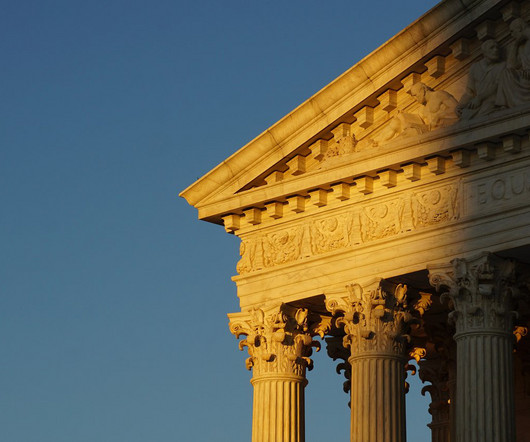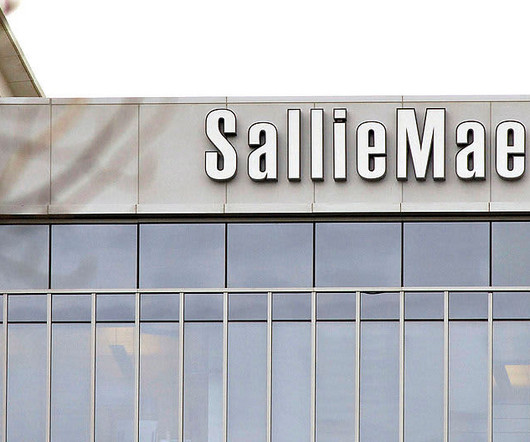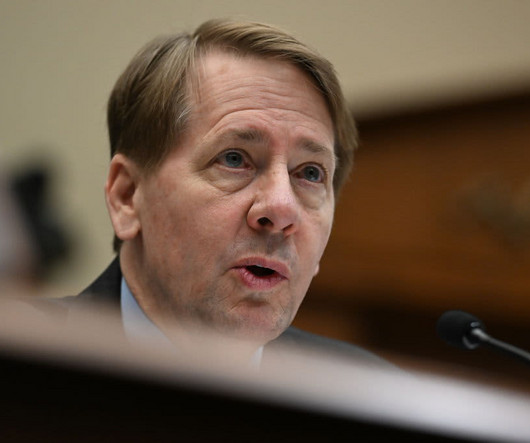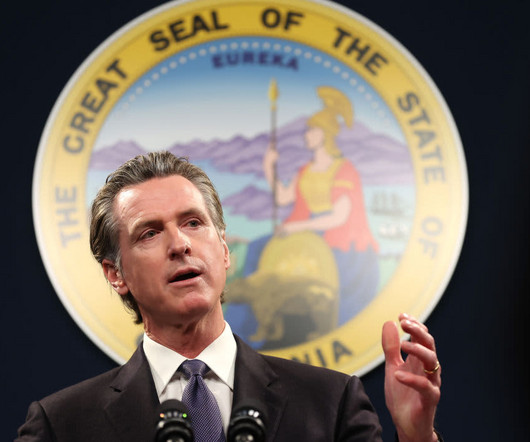$100,000 per Year! Rising College Costs and Student Loans
Discovery College Consulting
MAY 8, 2024
Much of this increase is due to a drop in funding from states following the 2008 financial crisis. King Alexander, explained that in 2008, 70% of the school’s funding came from the state government, with just 30% coming from students in the form of tuition and fees. Students can spend 20 plus years paying off these loans.




























Let's personalize your content